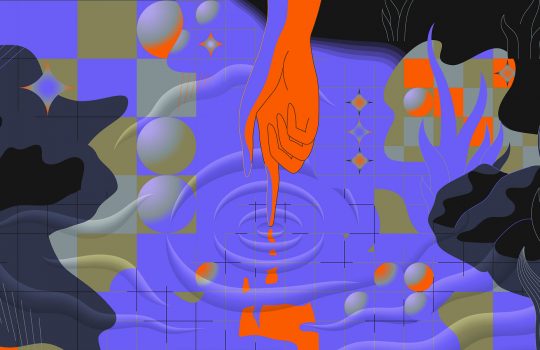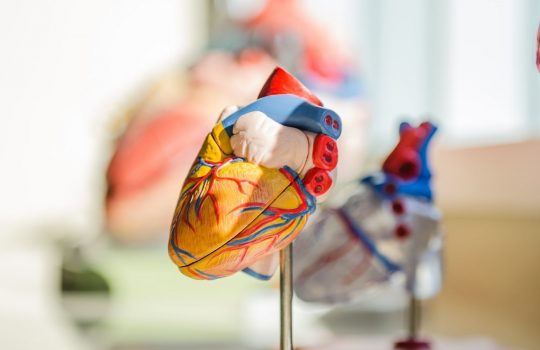Humans of physics
Enormous scientific collaborations are made up of hundreds upon thousands of individuals, each with their own story. Online collections of profiles, such as Faces of DUNE, the Dark Energy Survey’s Scientist of the Week blog and Humans of LIGO, reveal the sometimes-ignored human sides of scientists.






